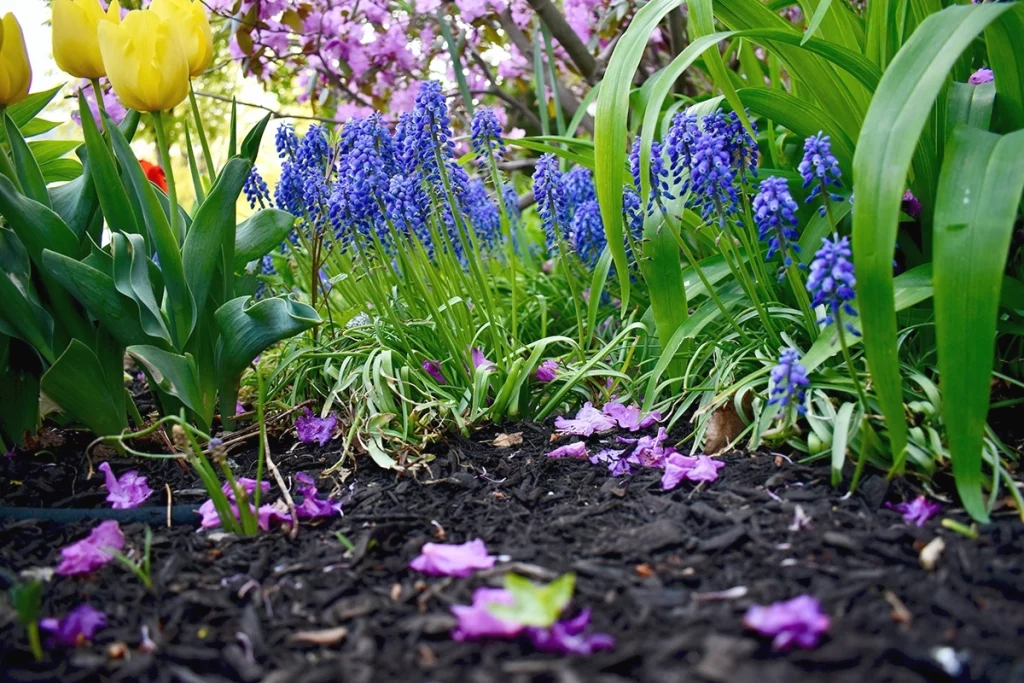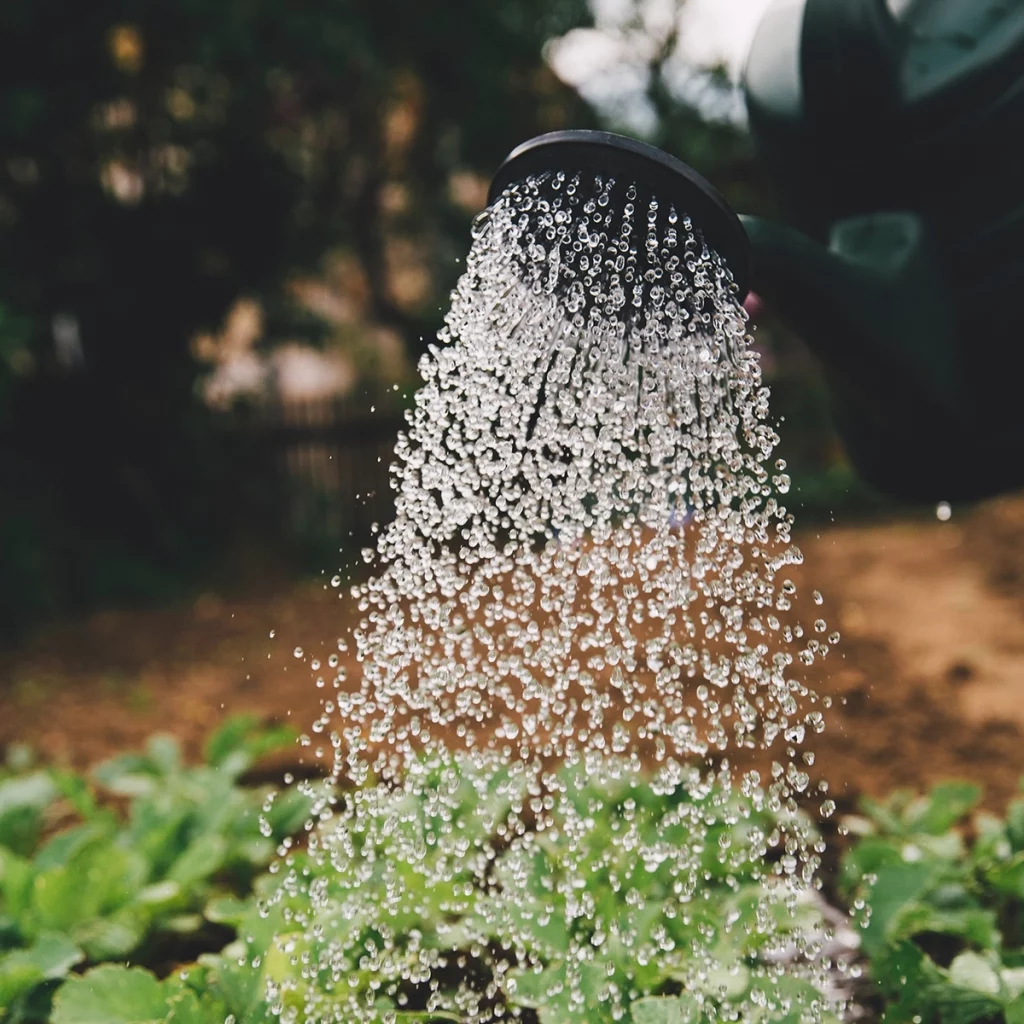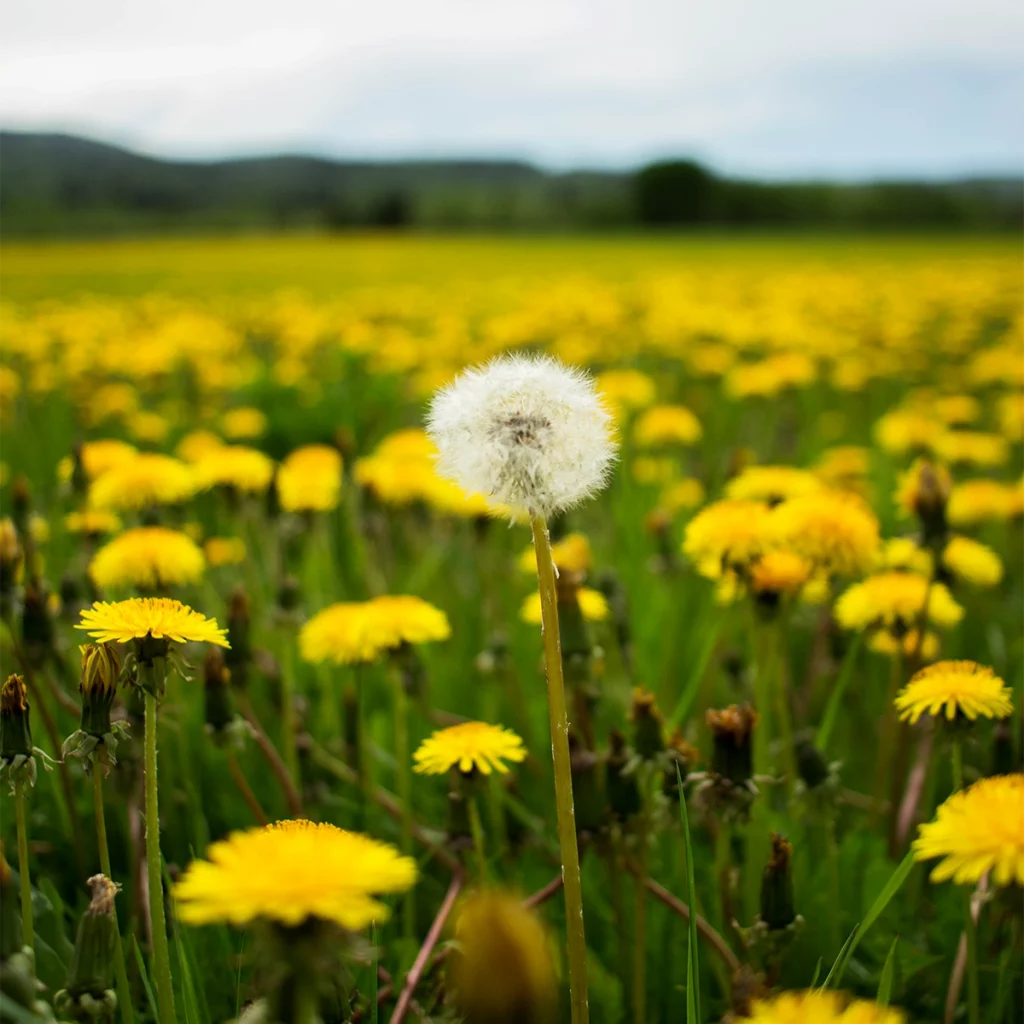
By Angelo Randaci, Earth’s Ally Horticulturist
Angelo’s passion for plants has led him to explore many areas of horticulture including research, grounds management, technical training, design and nursery management.
Weeds are an inevitable nuisance for gardeners and homeowners alike. Weeds also have a habit of growing in the most inconvenient or unsightly places. Thankfully, you can kill and prevent weeds by following these steps.
- Identify your weeds. Annual and perennial weeds both have different growth habits. Crabgrass, for instance, is an annual weed that needs to disperse seeds for the next season’s growth. Perennial weeds are more persistent and propagate by seeds and spreading roots.
- Disturb the soil as little as possible. Cultivating the soil to dig up weeds will bring weed seeds to the surface where they can germinate. Minimize soil disturbance by digging only around the root area and either re-plant or add mulch.

- Pulling weeds after rain or after watering will make the job much easier.
- Amend heavy soils with plenty of organic matter. Weeds will be much easier to pull and your garden plants will thrive.
- Pull weeds on a sunny or windy day. This will help to dry out the exposed weeds before collecting them. Do not put weed debris in the compost pile where it can regenerate and grow.
- Don’t let weeds go to seed. Annuals and perennials that go to seed will disperse thousands of seeds that may germinate either this season or next.


- Cover bare soil with plants and mulch. When planting, space your plants to close gaps. This will shade the soil and choke out any unwanted weeds. You can also protect the soil by planting a cover crop during the off-season. This will keep weeds to a minimum while adding organic matter to your plant beds.
- Spot water your garden plants avoiding open spaces in between. Avoid watering weeds. Water encourages weed growth. Depriving weeds of water will reduce seed germination as well. Watering only where needed will also use less water.
- For large areas, use a weed barrier. Cut back the weeds or mow them, then cover the area with black or clear plastic, cardboard, or tarps. The heat trapped underneath will kill most vegetation below. It may take up to four weeks to obtain control. You can also use dampened newspaper or cardboard with 2” of straw or compost on top, which will conserve water while encouraging worms to inhabit your soil
- Use a pollinator-friendly weed killer. Earth’s Ally Weed & Grass Killer is a non-selective herbicide that’s proven bee safe, making it friendly for our ever-important pollinators. When used as directed, it’s safe for people, pets and the planet.
We’d love to hear how you’re using Earth’s Ally Weed & Grass Killer. Share your experience and stay connected with the #EarthsAlly community on Facebook, Instagram, and Twitter for access to our latest blog posts, giveaways, and exclusive promotions.
